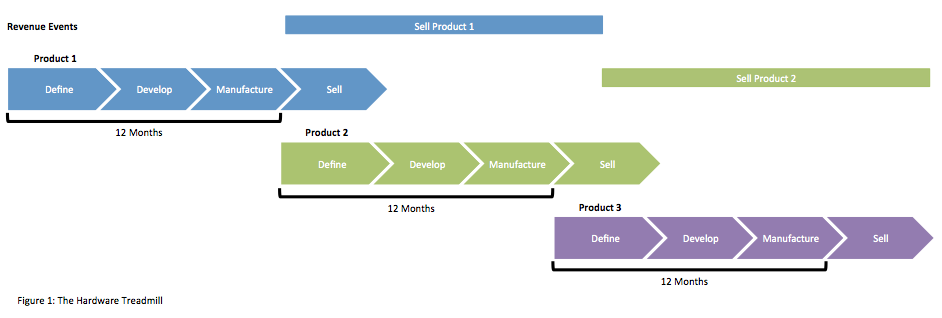Matt Witheiler is principal at Flybridge Capital Partners.
The most successful hardware companies are the ones that look a lot like Gillette.
Consider Dropcam, for example. While the company’s new $199 Dropcam HD is a great wireless camera, it’s infinitely more useful with the optional $10 per-month subscription, which offers seven days of archived recording.
According to Dropcam, 39 percent of their users attach the subscription service and, by simple math, that means that in the first year of ownership, each Dropcam buyer is worth closer to $240, rather than just $200. And that’s just for one year of subscribing.
By laying in software subscriptions into hardware products, companies are able to dramatically increase the lifetime value of each customer. They can take a $199 camera, for example, and turn it into $199 camera with a monthly fee.
In many ways, using software to supplement the revenue profile of hardware companies is the latest take on a business model evolution started about a century ago
See, back then razor companies realized that if they could price razors cheap enough to get consumers to buy the handles, they could charge more for the blades themselves and come out on top given the number of blades purchased.

Above: Dropcam = hardware + software + services.
Credited to Gillette, variations of the model have built huge businesses in categories like cell phones (get the phone for cheap, pay for the monthly service) and printers (get the printer for cheap, pay through the teeth for the ink).
In this sense, “hardware as software”is a modern-day interpretation of “Give ‘em the razor; sell ‘em the blades.”
And that’s a great way to escape what I call the” hardware treadmill.”
What’s wrong with hardware for hardware’s sake?
The hardware treadmill works like this: Define a new product, develop it, manufacture it, sell it — and then repeat.
Here’s how it looks.
The process, from start to finish, used to take us about 12 months, meaning that as soon as we got the product on a BestBuy shelf, we had 12 months to get the next one out there. Why a loop? Because after 12-24 months, our product would go stale and consumers would be looking for the next thing. A good thing, too, because by the time our next product would come out, we’d be looking for new sales to hit our revenue targets.
Hardware businesses that operate like this are all around you — just look at MacBooks, for example — and businesses on the treadmill can become exciting ones. But that’s not easy to pull off.
Why hardware as software makes sense
The alternative to jogging on the hardware treadmill is clear: Figure out a business model that turns hardware from a one-time revenue event to a recurring one. Some hardware companies do this with maintenance fees. Others do it with built-in obsolesce. Increasingly, however, hardware startups — like Dropbox, as I’ve mentioned above — are turning to software to create that lasting revenue stream.
So now we’re working with something like this.
Before the hardware layer got abstracted away by complex operating systems, developing for hardware meant firmware and assembly code. Now, developing for hardware can just as easily mean developing for software and services, too.
Matthew Witheiler is principal at Flybridge Capital Partners. His investment interests and experience broadly cover hardware, education technology, financial technology, and consumer internet. He recently moved to New York to help lead the firm’s investment initiatives there. Matt blogs at BitsofCents and is active on Twitter (@witheiler).




